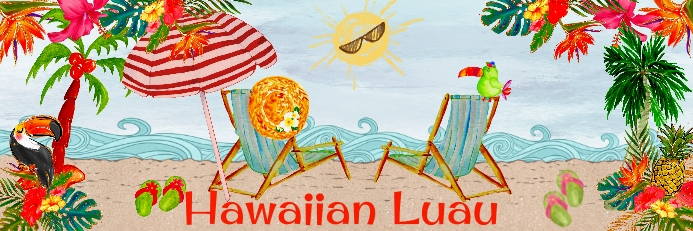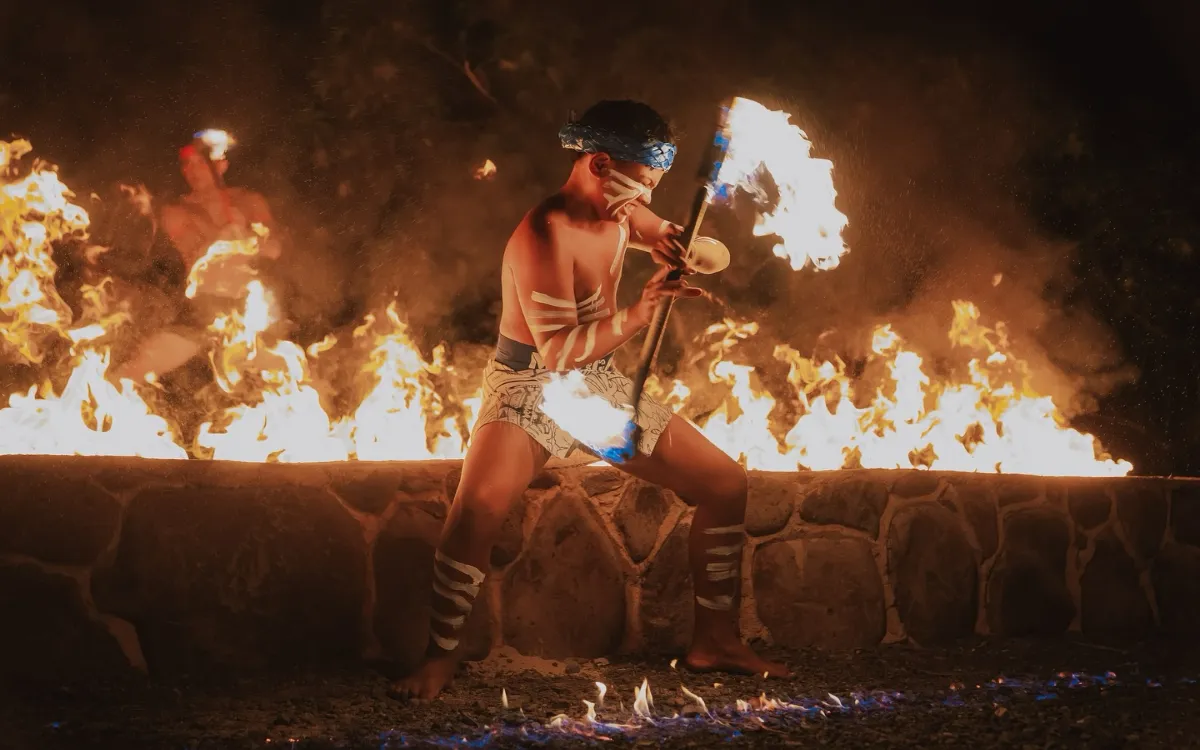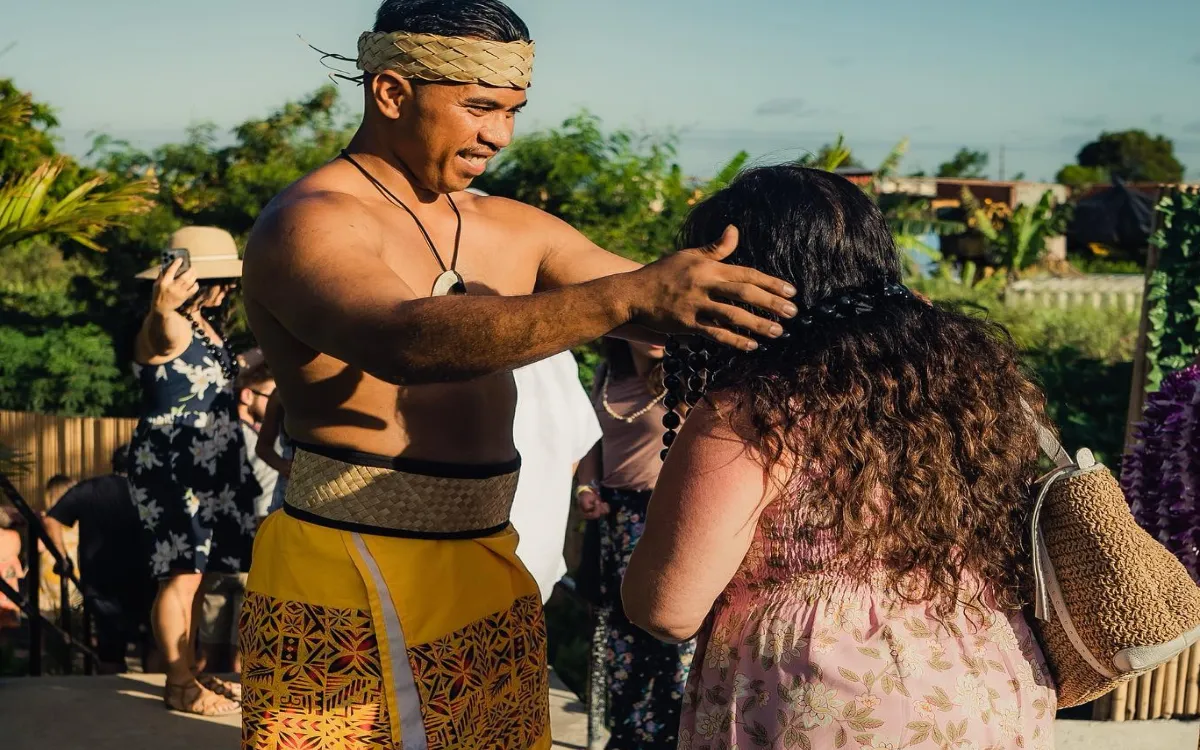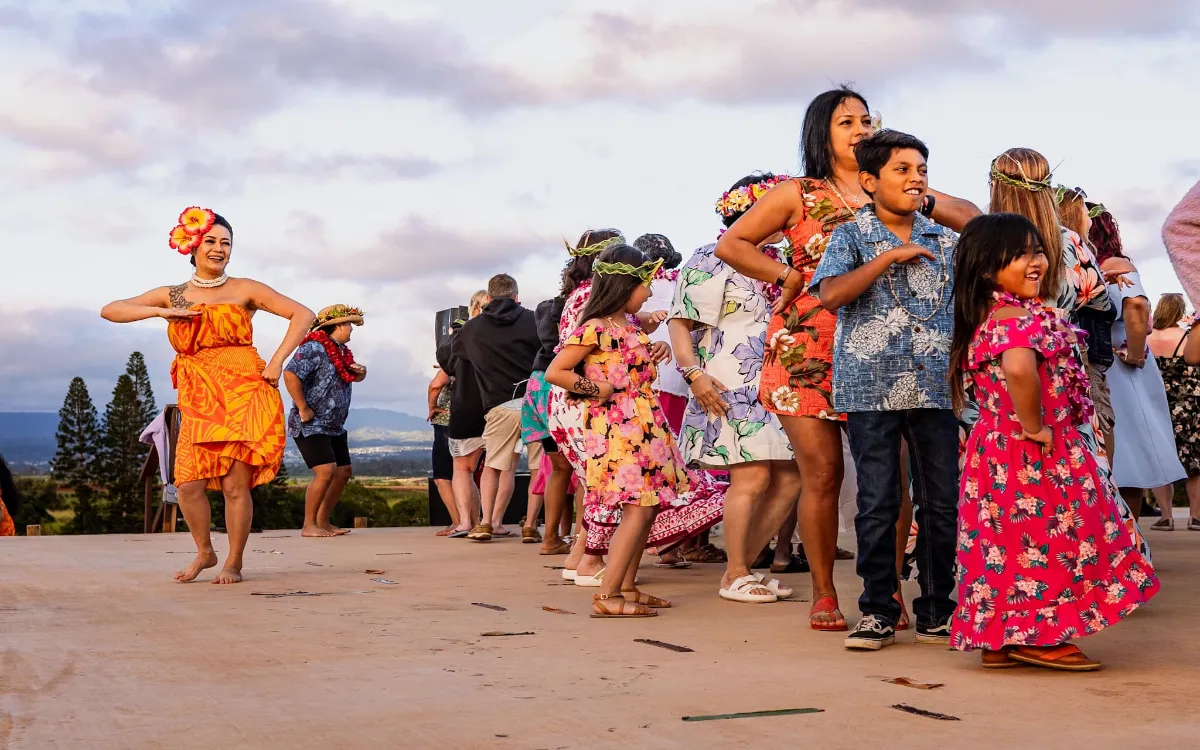Discover Mauka Warriors Luau: hula, warrior dances, fire-knife dance, and a traditional buffet. Experience the best luau show in Oahu you can’t miss!
A true Hawaiian luau is far more than a lavish feast of kalua pork, pineapple salad, or creamy haupia. An authentic luau is a living cultural journey, where the three art forms: Hula, Chant, and Fire Dance merge into the heartbeat of the celebration. You’ll find this spirit at Mauka Warriors Luau, a festival honoring the forgotten history of Polynesia.
Hula – The Language of Hands and Feet
For Hawaiians, Hula is not merely a dance, it is a living language woven from movement, sound, and emotion. In the days before written words, it was how the Native Hawaiian people recorded and passed down history, mythology, natural knowledge, and spiritual values. Every gesture of the hand, every sway of the hips, every glance and posture symbolized something: a wave crashing to shore, a seabird in flight, the towering peak of Mauna Kea, or a love story spanning the ocean.
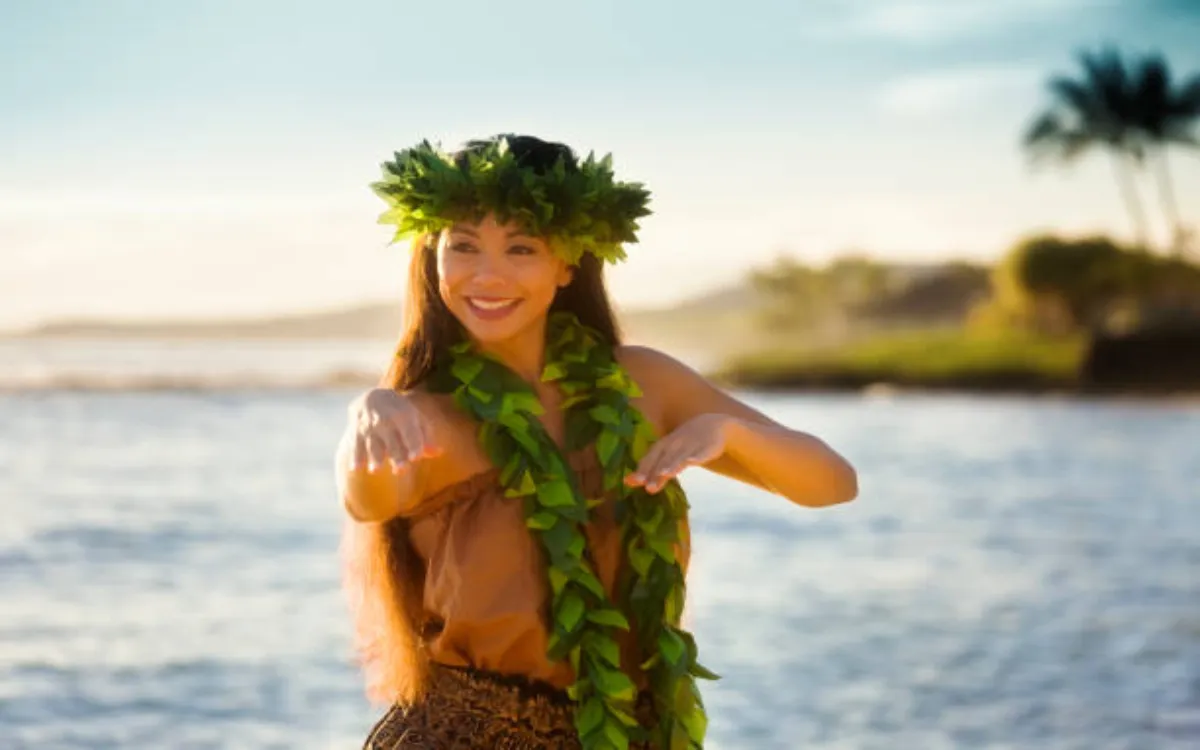
Every movement in the Hula dance is a symbol of nature
Origins and Meaning
According to Hawaiian legend, Hula has many origin stories, but the most widely told is that of the goddess Laka, revered as the patron of Hula. She is said to have created and taught the dance to humans, making it both an act of worship and a way to tell stories of gods, heroes, and significant events of the islands. In ancient times, Hula was performed at heiau (temples) or during festivals to honor the gods and seek their blessings.
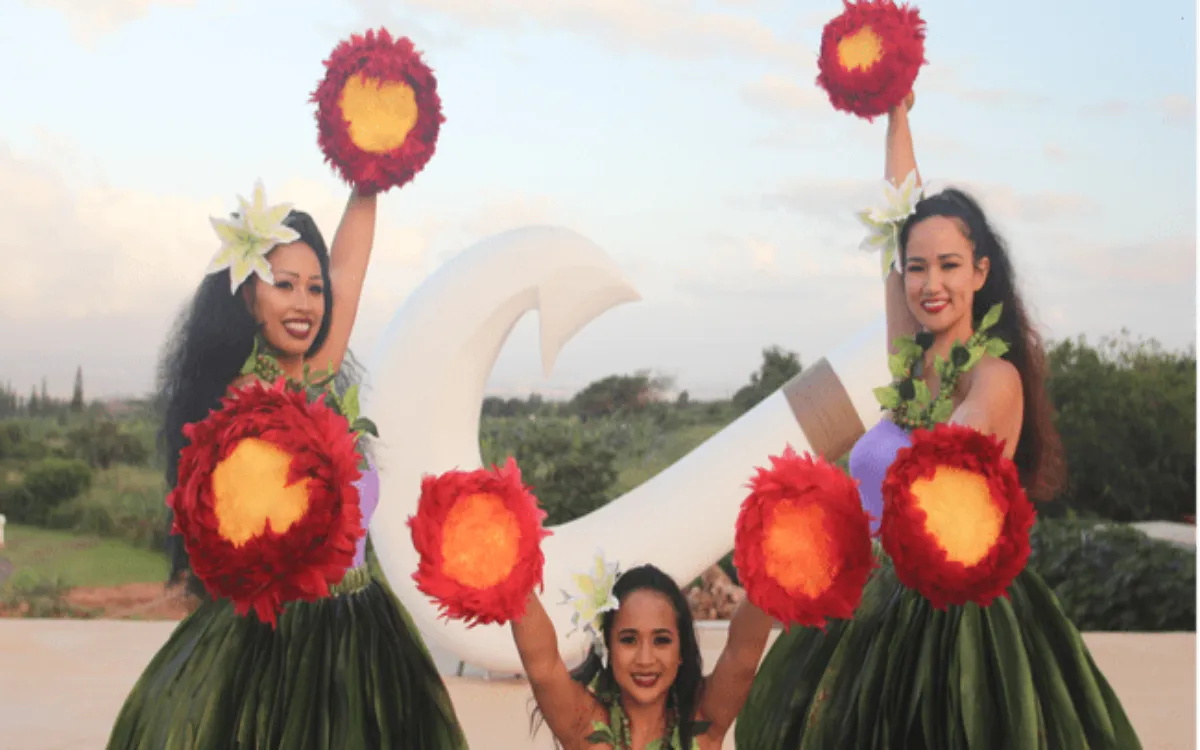
Hula is the storytelling language of ancient Hawaiians
The Two Main Styles of Hula
- Hula Kahiko (Ancient): The original, highly ceremonial form, marked by strong, precise movements. Hula Kahiko is accompanied by the deep tones of the pahu drum and the hollow gourd ipu, together with rhythmic chant (oli). Dancers wear kapa (cloth made from bark), grass skirts, ti-leaf garlands, and feather adornments. The atmosphere is solemn and powerful, showing reverence to ancestors and nature.
- Hula ʻAuana (Modern): Developed after Western contact, this style is softer, more fluid, and entertainment-oriented, with gentle, graceful movements and a brighter mood. Music is provided by the ukulele, steel guitar, and other Western instruments. The songs often speak of nature’s beauty, romantic love, or everyday Hawaiian life. This style is accessible to visitors and is often seen at luaus and community gatherings.
Its Role in a Luau Night
In a true luau, Hula leads the evening’s storytelling. It is the collective memory of people brought to life through the body. Hula Kahiko transports viewers back to the age of gods and warriors, while Hula ʻAuana carries them into the islands’ contemporary heartbeat, where tradition and modern life intertwine. At Mauka Warriors Luau, this duality lets you feel the rhythm of Hawaii as it has been lived and shared for centuries.
Chant – The Voice of the Ancestors
Before writing and Western melodies came to Hawaii, Native Hawaiians relied on chants, known in Hawaiian as oli to preserve and share the entirety of their memories, history, and knowledge. Each sound, each rhythm, was a living bridge connecting one generation’s story to the next.
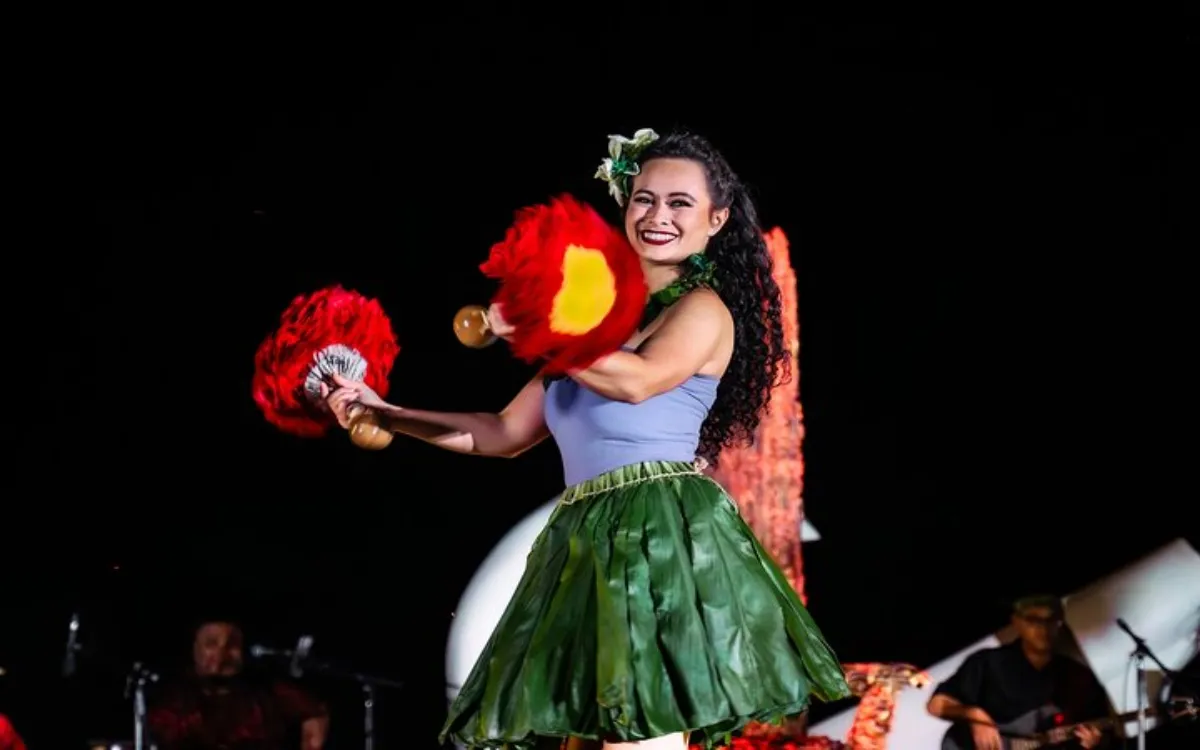
Chant is the voice of the Hawaiian ancestors
Origins and Role in Hawaiian Life
Oli dates back to the time before Western contact, when voice, music, and bodily expression were the only means to safeguard the spiritual heritage. Every chant was composed for a clear purpose: to honor a god, tell a legend, remember a chief’s deeds, or welcome esteemed guests. In ancient life, chants were everywhere: from sacred temple rituals and weddings to fishing expeditions, planting seasons, and community festivals.
Characteristics and Performance
Oli is unaccompanied by instruments, relying solely on the voice and breath of the chanter. The sound is resonant, rhythmic, and skillfully controlled to evoke solemnity or lift the spirit, depending on the content. Notes may be drawn out to carry across great distances. Often, an oli would open a ceremony or weave between Hula performances to guide the flow of the story.

Instruments used in a chant
Its Meaning in a Luau
In a traditional luau, chant is the opening heartbeat, setting a tone of respect before the feast begins. An oli might be a warm welcome to guests, a prayer for abundant harvests, or a tribute to the island’s heroes and guardian deities. At Mauka Warriors Luau, when the chant rises through the mountain air, you can feel the past and present folding into each other. Oli keeps the breath of Hawaiian culture alive, and Mauka brings that breath closer to the world.
Fire Dance – The Flame of Courage and Strength
When the last light of sunset fades and night takes over, the Polynesian drums quicken, and the only light left comes from circles of fire spinning through the dark. This is the moment the night reaches its peak: the Fire Dance.
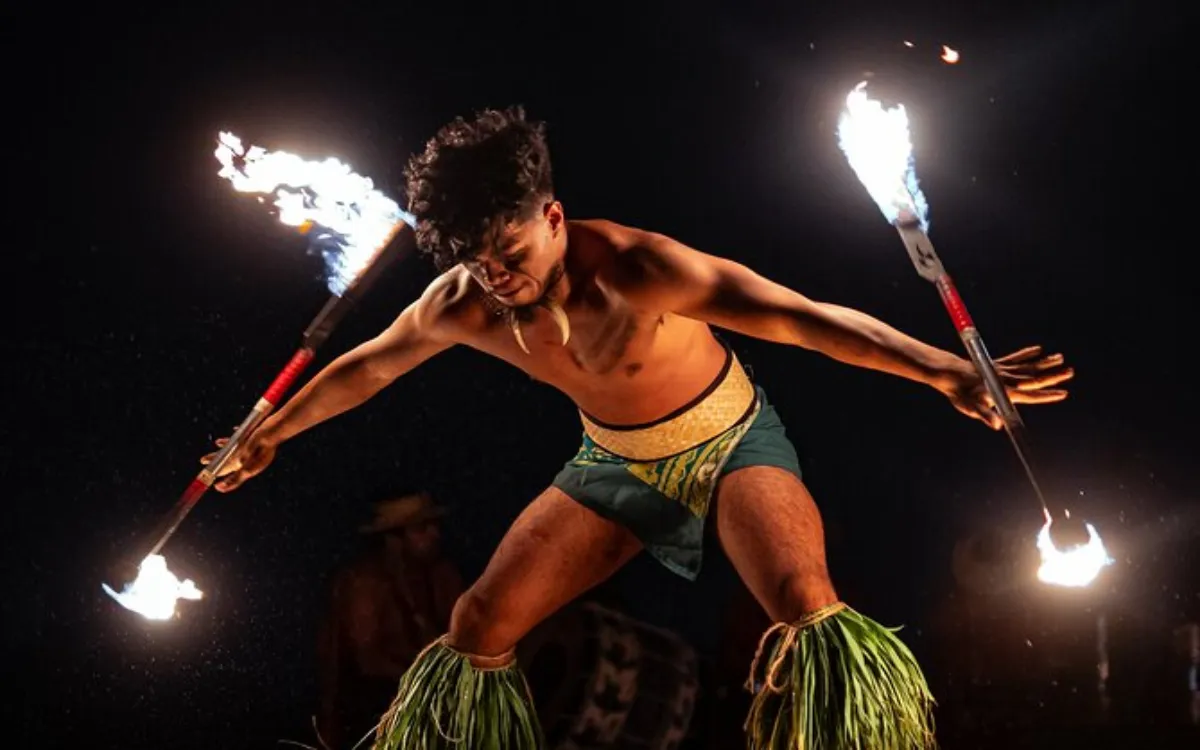
The most anticipated performance
Origins and Journey to Hawaii
Fire dance does not originate directly from Hawaii, but from other corners of Polynesia, particularly Samoa, Tonga, and several South Pacific islands. In Samoa, the performance is called ailao afi, a warrior’s practice drill using a war club (nifo oti) to train dexterity and combat reflexes. When paired with fire, it became a performance of both physical power and ceremonial symbolism, representing strength, courage, and the will to protect the community.
In the 20th century, as Polynesian cultural showcases spread, fire dance made its way into Hawaii as a highlight of luau entertainment. Here, it was adapted with music, choreography, and modern staging techniques, yet it has kept its original spirit of bravery and vigor.
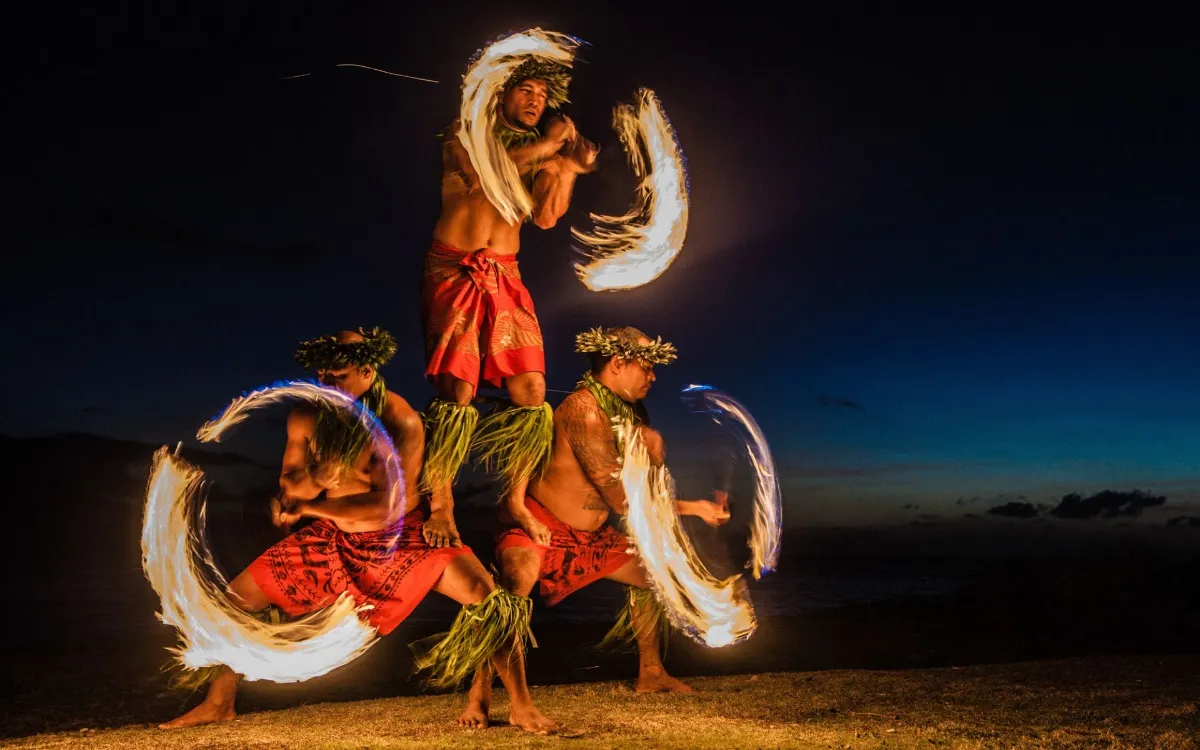
The fire dance was really impressive to international tourists
Skill and Appeal
Fire dance demands strength, precision, and total focus. Performers wield a fire staff or fire knife, soaked in special fuel and set ablaze, then spin, toss, catch, and switch hands at lightning speed. The blazing arcs carve bright rings into the night, accompanied by the sharp “whoosh” of fire slicing the air at once thrilling and awe-inspiring. It is the warrior spirit of old Hawaii rekindled.
Its Place in a Luau
In a modern luau, the Fire Dance often serves as the climactic finale. After the soft grace of Hula and the reverence of Chant, the explosion of flame ignites a burst of energy, ending the night in a blaze of sight and sound.
The Emotional Experience
Sitting under the Hawaiian night sky, hearing the drums echo, watching the spinning flames, you’ll feel a primal current rush through you. At Mauka Warriors Luau, this art form is presented in its raw essence as a tribute to the ancient warriors who lived with the sea, wind, and fire, and who dared to face danger to protect their people. In that moment, you’ll understand why the Fire Dance has become an indispensable part of a true luau.
In a genuine luau night, Hula brings grace, Chant breathes in tradition, and Fire Dance lights the flame of emotion. And if you want to experience all three souls in a space both deeply authentic and warmly welcoming, Mauka Warriors Luau is where an evening in Oʻahu turns into a memory you’ll carry for a lifetime.
See more details about ticket packages here.
